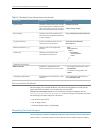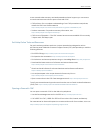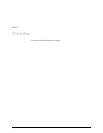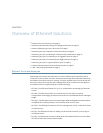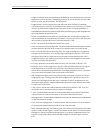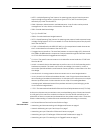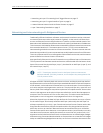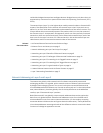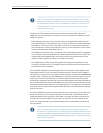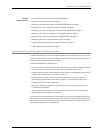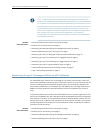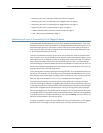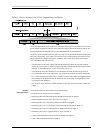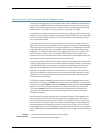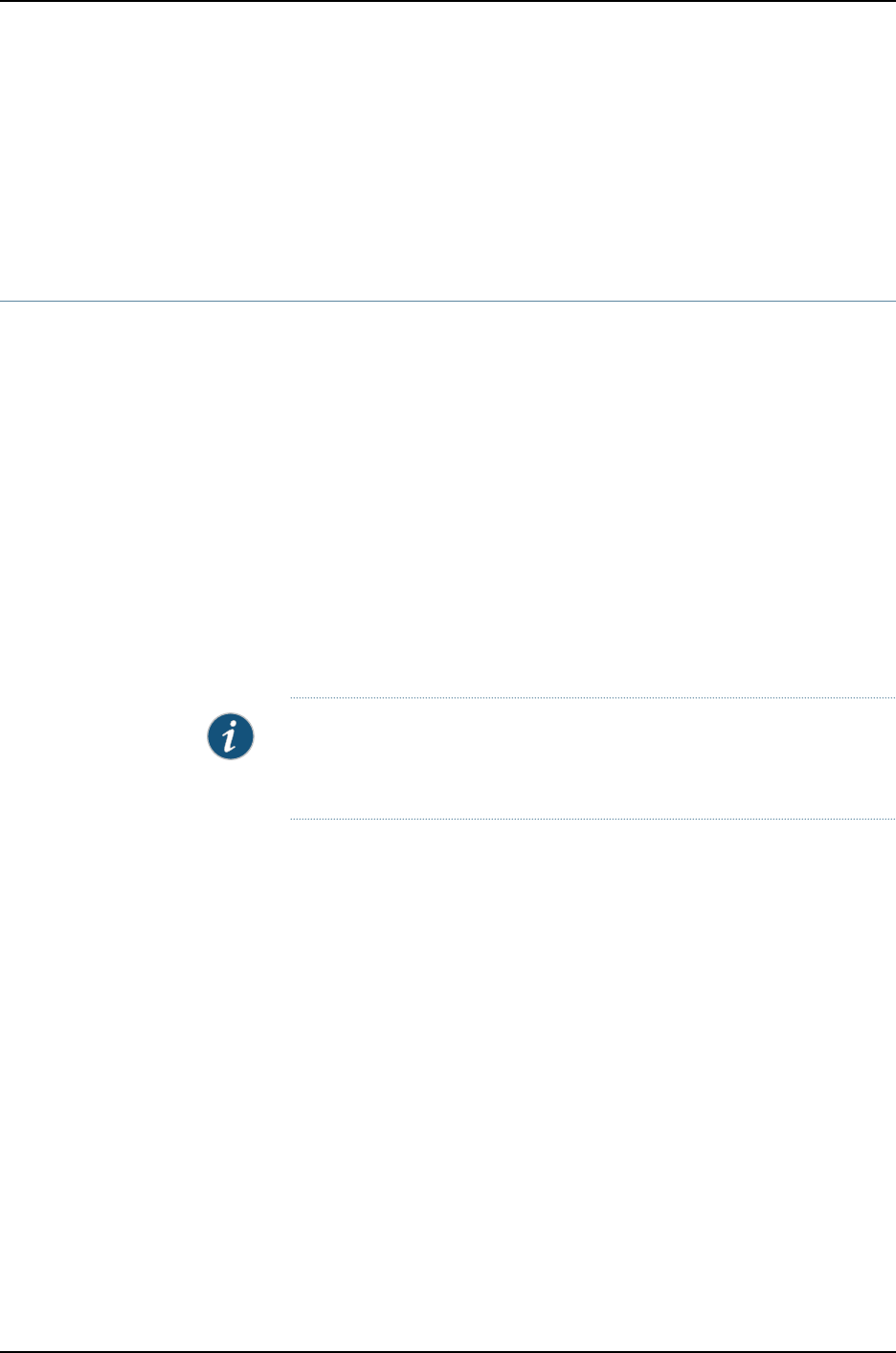
• Networking at Layer 2: Forwarding Dual-Tagged Frames on page 13
• Networking at Layer 2: Logical Interface Types on page 14
• A Metro Ethernet Network with MX Series Routers on page 15
• Layer 2 Networking Standards on page 17
Networking and Internetworking with Bridges and Routers
Traditionally, different hardware, software, and protocols have been used on LANs and
on networks that cover wider areas (national or global). A LAN switch is different than
a router, an Ethernet frame is different than an IP packet, and the methods used to find
destination MACaddresses aredifferentthan thoseusedto finddestinationIP addresses.
ThisisbecauseLANs based onEthernetwereintendedfordifferent network environments
than networks based on IP. The Internet protocol suite (TCP/IP) was intended as an
internetworkingmethod to connect local customer networks.The localcustomernetwork
thataserviceprovider'sIP routersconnectedwasusuallybasedon someformof Ethernet.
Thisis whyEthernetand IPfit sowell together:Ethernet definesthe LAN,and theInternet
protocols define how these LANs are connected.
More specifically, Ethernet LANs and IP networks occupy different layers of the Internet’s
TCP/IP protocol suite. Between senderand receiver, networksdeal withthe bottom three
layers of the model: the physical layer (Layer 1), the data link or MAC layer (Layer 2), and
the network layer (Layer 3).
NOTE: These layers are also found in the Open Systems Interconnect
Reference Model (OSI-RM); however, in this chapter they are applied to the
TCP/IP protocol suite.
All digital networks ultimately deal with zeroes and ones, and the physical layer defines
bitrepresentationonthe media.Physicallayerstandardsalsodefine mechanical aspects
of thenetwork,such as electricalcharacteristics or connectorshapes, functional aspects
such as bit sequence and organization, and so on. The physical layer only “spits bits” and
has very little ofthe intelligence required to implement a complete network. Devices that
connect LAN segments at the physical layer are called hubs, and all bits that appear on
one port of the hub are also sent out on the other ports. This also means that bad bits
that appear on one LAN segment are propagated to all other LAN segments.
Above the physical layer, the data link layer defines the first-order bit structure, or frame,
for the network type. Also loosely called the MAC layer (technically, the MAC layer is a
sublayer required only on LANs), Layer 2 sends and receives frames. Frames are the last
things that bits were before they left the sender and the first things that bits become
when they arrive on an interface. Because frames have a defined structure, unlike bits,
frames can be usedfor error detection, control plane activities (not all frames must carry
user data: some frames are used by the network to control the link), and so forth. LAN
segments can be linked at the frame level, and these devices are called bridges. Bridges
examine arriving frames and decide whether to forward them on an interface. All bridges
today are called learning bridges because they can find out more about the network than
Copyright © 2010, Juniper Networks, Inc.6
Junos 10.4 MX Series Ethernet Services Routers Solutions Guide



